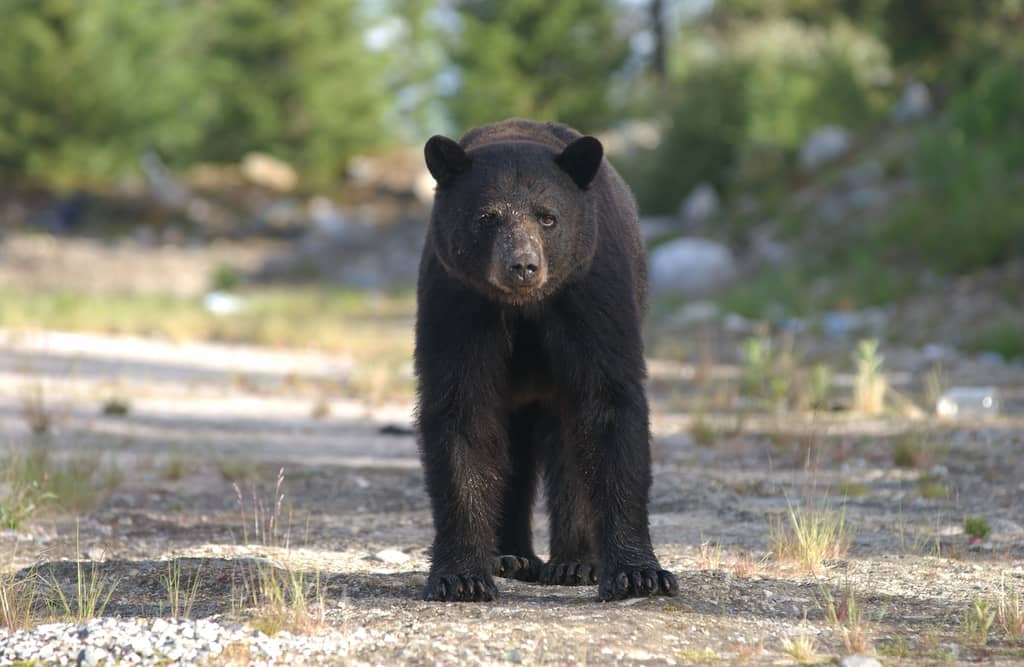Drought Increases Bear Sightings in Western States
OutdoorHub Contributors 09.05.12

Encounters between humans and bears are up in the Roaring Fork Valley in and in other Western states. And, it’s due largely to drought. Bears are traveling longer distances for food because their natural cuisine – berries – has dried up. Now they’re turning to dumpsters, and even some peoples’ kitchens.
Not long ago, a black bear made three stops in one Aspen neighborhood on the same night. The bear got into Brad Smith’s shed.
“There was a small hole from the dumpster here, and he was able to get a paw in there and rip this entire wall right off.”
Smith lives on the edge of town.
“And, he really wasn’t that big a bear, I mean, I would guess maybe 150 to 200 pounds, so fairly young, but he was very strong.”
The bear was after garbage inside the shed – The trash is drawing more bears in search of food into resort towns in the Central Colorado Rockies.
In July alone, the Aspen Police department took more than 100 calls of bears getting into trash and breaking into homes. Officer Charlie Martin responds to those break-in’s. He says the goal is keep both the people and the bear safe, and limit property damage.
“Do not block their exit, open up doors, try and drive them out by banging pots and pans or clapping our hands and saying, ‘hey bear, hey bear, hey bear,’ – we’re listening for the bear rummaging through stuff.”
Martin says some bears are picky – taking just a jar of peanut butter from a cabinet, while others are greedy – tipping over refrigerators. Randy Hampton is a spokesman for the Colorado Parks and Wildlife Department.
“It’s harder to find that forage source, it’s not that there’s no food, it’s just that you have to work harder as a bear, to find the food that’s out there.”
In the Aspen region, wildlife officials have put down 23 bears this summer alone, that’s more than double the number euthanized last year. Bears are killed as a last resort.
The drought has dried up many of the chokecherry and acorn crops that normally grow abundantly, so the bears must search for their dinner. Hampton says, part of the problem is that people have taken up residence in the bears’ habitat – building homes on mountainsides.
“Bears have to travel more to find that food, and when they do that in a state with 5.2 million people living here and many, many more recreating here, they’re encountering campgrounds and human food sources.”
Back at Brad Smith’s house in Aspen, he points to the back of his shed – it’s patched now, with an added layer of plywood. He says he’s not taking any chances, so he’s bear-proofing the shed.
This fall, wildlife managers expect bear run-in’s to increase even more in Colorado, Wyoming and throughout the West. That’s because the bears are getting ready for hibernation and taking in up to 20,000 calories a day.
This article originally appeared on Aspen Public Radio’s site and is republished with permission.

